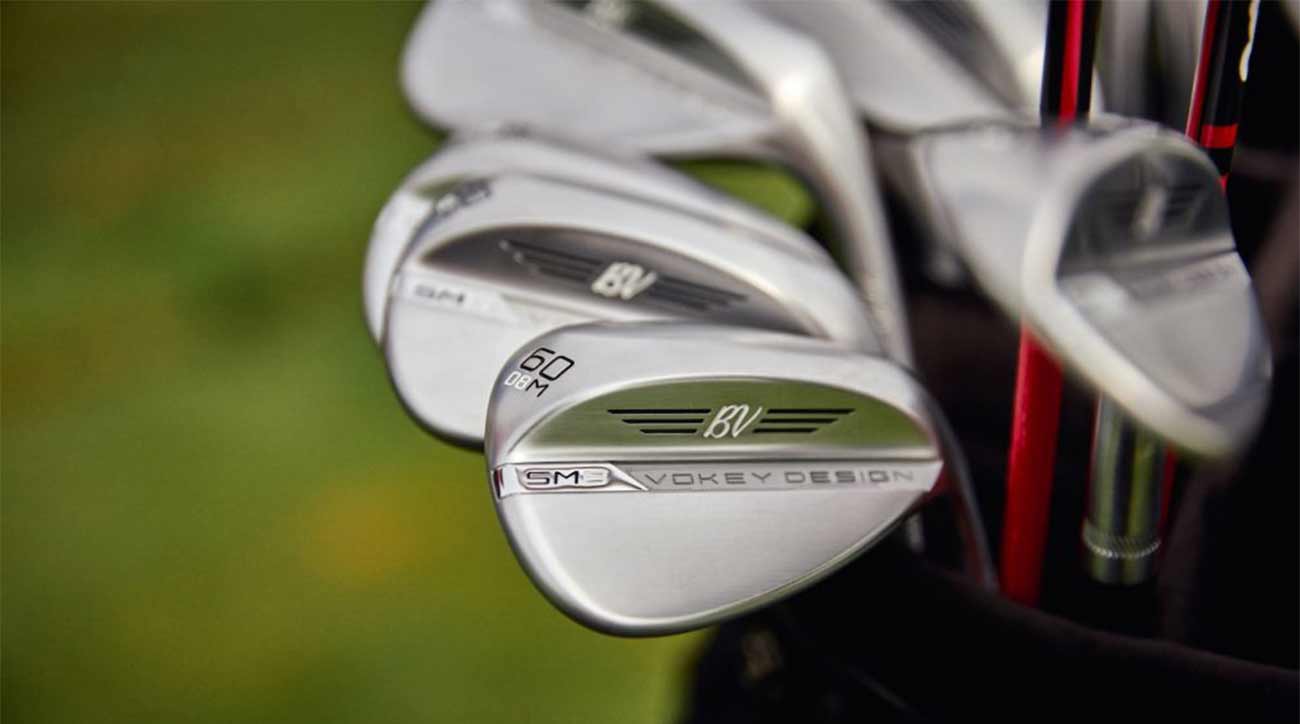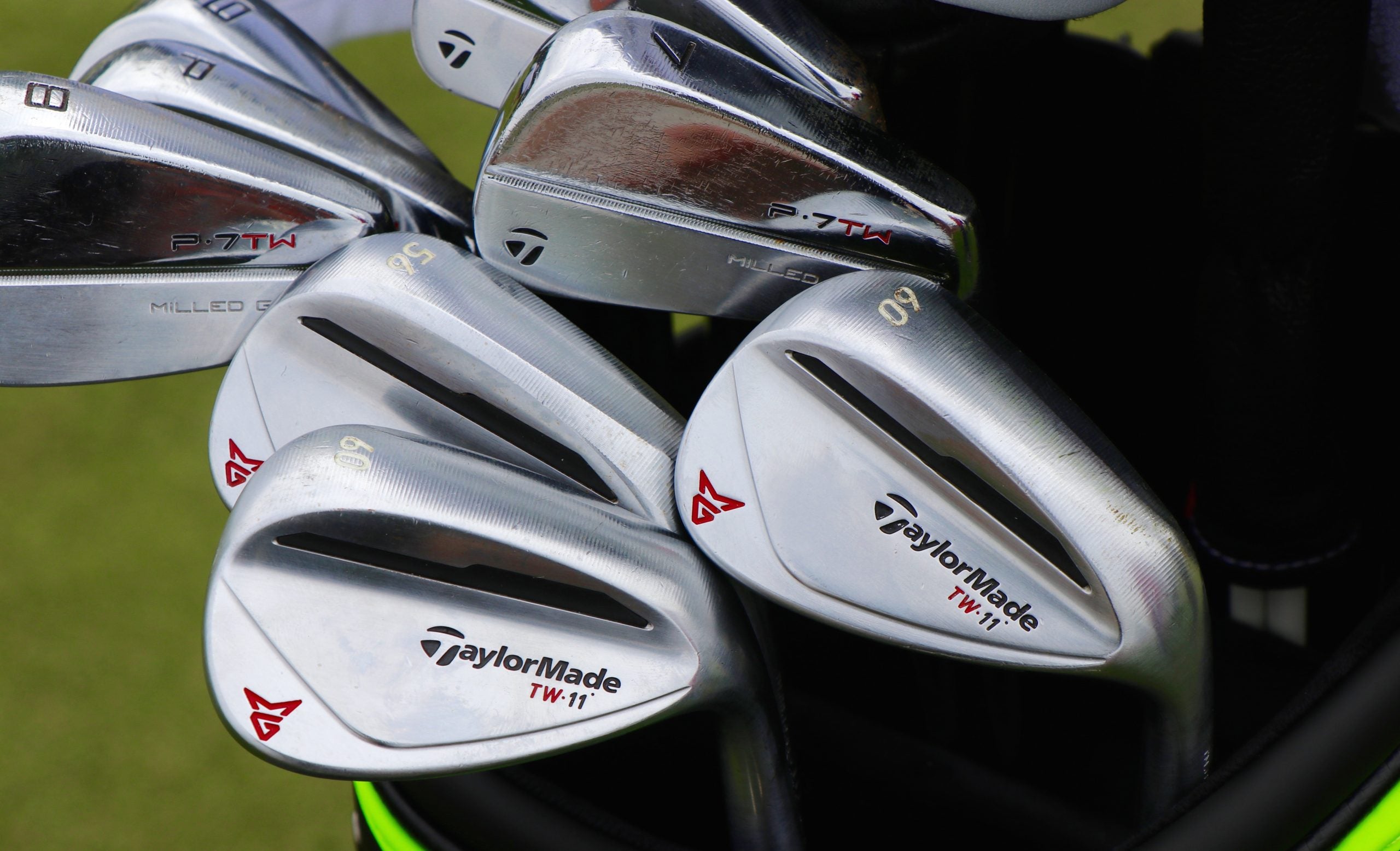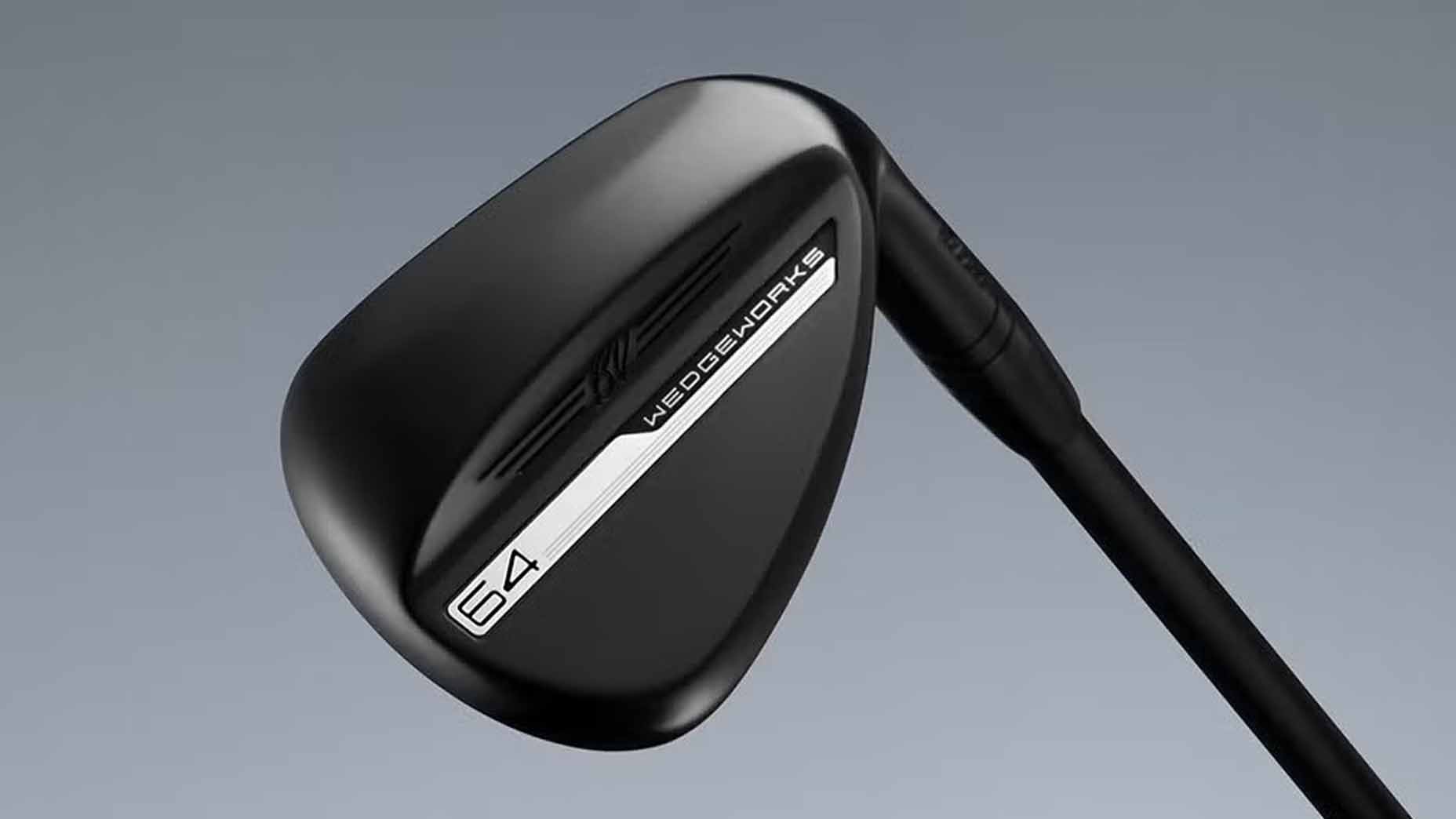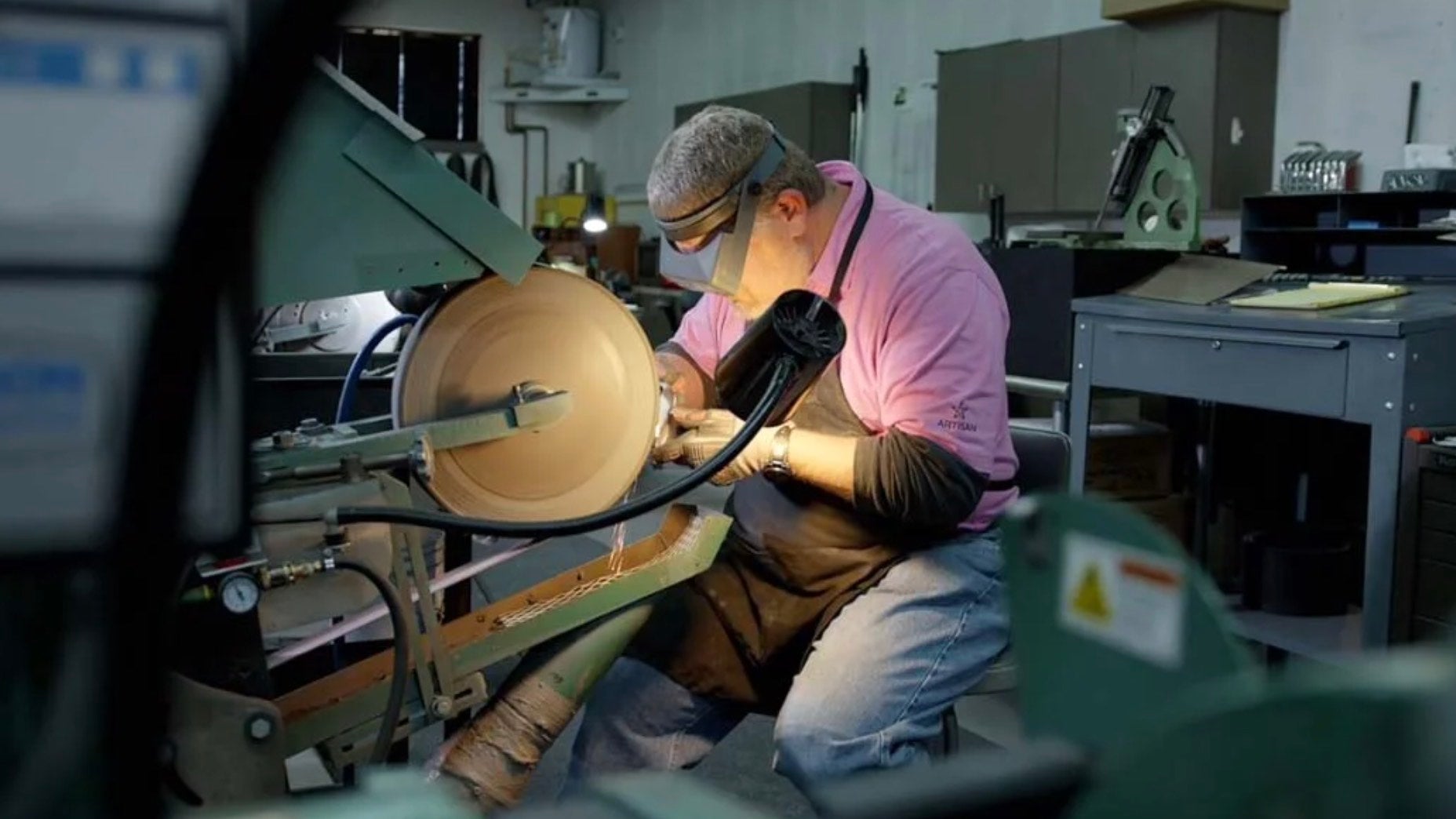 Titleist Vokey SM10 price drop: Shop this deal and save!
Titleist Vokey SM10 price drop: Shop this deal and save!
Fully Equipped mailbag: Are you better off strengthening or weakening loft on a wedge?

Welcome to another edition of the Fully Equipped mailbag, an interactive GOLF.com series in which our resident dimplehead (a.k.a., GOLF’s managing editor of equipment, Jonathan Wall) fields your hard-hitting gear questions.
If you had one wedge left to add to the bag and were looking to add a wedge bent to 57, would you bend a 58 to 57 or 56 to 57? (Next lowest wedge is 52 degrees.) — Eric F. Glass
If you’ve been frequenting this space for some time, you know that I’ve been banging the drum on the importance of maintaining reasonable loft gaps when it comes to your irons and wedges. Having only a couple of degrees of loft between two clubs can lead to larger gaps somewhere in your set, which means you might have to go after the ball or take something off at certain yardages.
If you’re using a split set of irons, working with a club-fitter or doing your homework online — most equipment manufacturers post iron loft specs online — can tell you if two different models are a good fit. When it comes to wedges, almost every manufacturer offers a plethora of options in two-degree increments, meaning you can select from 50-, 52-, 54-, 56-, 58- and 60-degree lofts in a variety of bounces (more on that in a moment) to build your wedge setup.
Assuming you know the lofts on your irons, it’s easier to determine if a three- or four-wedge setup fits your game. But what happens if you need to go in between stock lofts to an odd-numbered loft? That requires some bending to get the number you want.
If 57 degrees is the number you’re trying to hit, you need to be aware of a few things: Changing the loft on a wedge — even if we’re talking one degree — is going to alter bounce. I wouldn’t recommend going beyond two degrees if you’re going to strengthen or weaken an iron or wedge because it’s going to negatively affect the way the club impacts the turf. It’s one of the reasons why Titleist completely revamped the sole geometry on the T100S irons when they strengthened the lofts two degrees across the board.
But let’s get back to your wedges. Weakening the loft on a 58-degree is going to add bounce to the wedge; going the opposite way on a 56-degree is going to have the opposite effect, removing bounce from the sole. Altering the loft could also change offset slightly, but it probably wouldn’t be something the average golfer would notice.
Understanding wedge bounce is important depending on how you impact the turf. Wedges with more bounce are designed for golfers who catch it heavy on a regular basis and play on courses with softer turf; less bounce is designed for firm turf and those who can feel the wedge head bouncing off the ground at impact.
ADVERTISEMENT
With that in mind, be aware of the starting point for the bounce on the 56 and 58. If they have 12 and 14 degrees, you’ll end up at 13 degrees of bounce on both, which is essentially the same wedge, save for some subtle grind changes. So have an idea of the bounce and grind you like to play at that point in your set before you add or remove bounce.
Figuring out your typical impact, course conditions and starting bounce on both wedges you’re considering will allow you to select a wedge that fits your current equipment setup like a glove.
To hear more gear insights from Jonathan Wall and True Spec’s Tim Briand, subscribe and listen each week to GOLF’s Fully Equipped podcast: iTunes | SoundCloud | Spotify | Stitcher
ADVERTISEMENT







